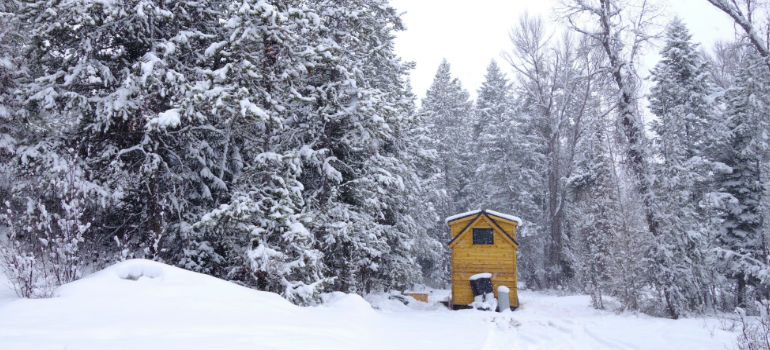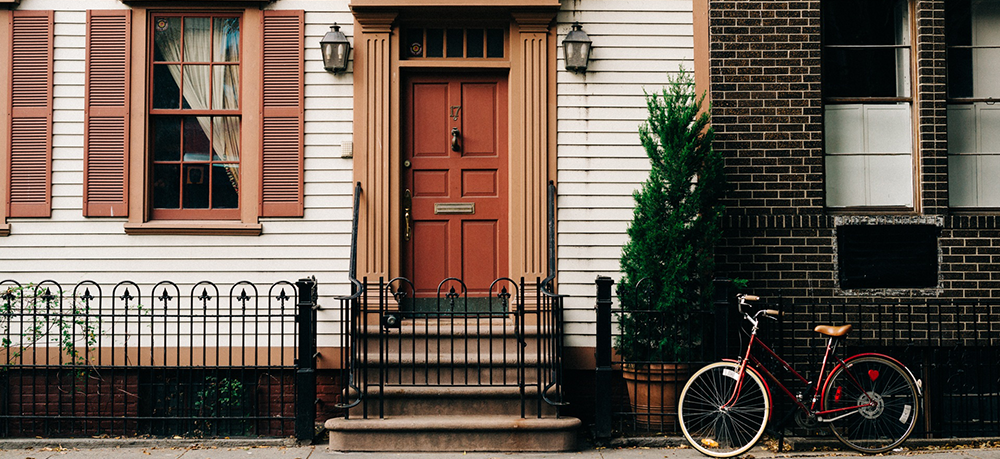
We’re all for property expansion, but truth is, bigger isn’t always better when it comes to real estate. There is a global housing crisis and Earth’s human population is booming. What will we do about the diminishing space? These tiny houses from around the globe are a perfect example of what to do with less without having less.
Table of Contents
What is the Tiny House Movement
As the title states – it’s all about living in a tiny house. How tiny and how much does it have?
The tiny house movement is the brilliant idea of people all over the world for living in smaller, cost-efficient houses. People choose this way of life for various reasons, but the most prominent one seems to be how easy this option is on their wallets.
Benefits
- A lot less initial investments. Tiny homes need a lot less work and a lot fewer investments. If you have the skills to build it yourself, you can spend all your money on materials. If not, you can make use of small home designers. But even the most expensive option for a tiny home is tiny, compared to a traditional house.
- Easy-moving. For those who don’t like the idea of being cemented to one single place, because they own a property there, the tiny houses are the ideal solution. They can be made mobile, with wheels and you can get an appropriate vehicle to move easily. No matter if it’s for a new job, or just for traveling and seeing new places, you’ll have your home with you.
- Eco-friendly. Living in a small house is eco-friendly by itself, but truth is, people who choose this option, also continue reducing their carbon footprint. Get a lot more into recycling and generally feel better about it.
- Energy efficient. Since this is a tiny place, a lot of people consider using green energy to power it. Be it solar power or anything else, the tiny house is a lot more self-sufficient and that saves up on your electricity bills, on top of your lightened mortgage.
- Less clutter. For people who love the minimalistic way of life, this is not only a logical option but also liberation from unwanted clutter. With less space, you have to keep inside only the things you always use. This also means a lot less garbage. But, that doesn’t mean much, since you’ll be recycling anyway.
- Less cleaning. And, of course, with fewer things to clutter inside, you have to spend a lot less time and money on cleaning. Let’s face it, no one really likes to clean and now you can spend a lot more time on more important things.
Drawbacks
- Not for the claustrophobic type. If you have problems with closed spaces, this is not for you. However, if your condition is not that strong for a short while (say, when sleeping), you can simply spend your days outside. Rainy and cold days might be a problem, but you can still get an umbrella and go to the nearest coffee shop.
- Building codes. Ever since tiny houses became popular in the UK, people are jumping on the wagon. Especially, when you consider the crazy property prices in the UK, and especially London. However, tiny homes on wheels are still not well implicated in the building codes. So it’s not that easy to park them just about anywhere. This can be a big problem for a lot of people.
- Not for people in a bad health condition. Unfortunately, the one thing everyone agrees on is that tiny houses are not for people with difficult mobility. People in wheelchairs would not be able to use tiny houses. And, a lot of elderly folks also keep away, because the bedroom is usually on the loft, and climbing up and down every day with a bad back can be very uncomfortable. Though, surprisingly, the majority of tiny house owners in the USA are over fifty years old. Being ill in a tiny house can also leave a person feeling helpless, even if they’re otherwise in a prime condition.
- Public opinion. In general, people the majority of people do not approve of tiny houses, and you can see the internet going really strong about the topic. The negative critique usually comes from traditional homeowners, you’ll rarely hear a tiny house owner say something bad about their own house. But, if peer pressure is not something that bothers you, you can just ignore.
- Hard work. Keeping a tiny house working well involves a lot of work. Constant work too. You may need to move a lot more often than you thought. Upgrades and maintenance costs might be more than with a traditional house. Though, it will still be less than your initial investments in traditional housing.
Check also:
In conclusion…
What is the tiny house movement? Basically, not for everyone. There are benefits and drawbacks in anything. And people are going to critique all the time. What’s most important is you have to choose for yourself whether it’s ok for you.
Image Source: Ariel Celeste Photography/shutterstock.com



